Does your sensitive skin make shaving an experience you dread every time? Well, fear not, as we’ve got ten simple tips today that should improve your shaving experience no matter how sensitive your skin may be.
Shaving Tips for Sensitive Skin
1. Identify Sensitive Areas
The shaving community tends to use “sensitive skin” as a catchall term, but the fact of the matter is everyone’s skin is different; therefore, you should try to keep track of things like whether you’re more prone to nicks and cuts or to razor burn, to the areas of your face where you typically have issues, and whether these issues occur every time you shave or only occasionally. Maybe you’re prone to greater skin sensitivity when the weather is hot, cold, or dry; or perhaps your skin is sensitive when you have to shave many times in close succession.
Using myself as an example here, I don’t get nicks or cuts very often, but I am prone to razor burn, particularly on my neck, and especially if I have to shave multiple days in a row.

In summary, though, understanding your skin’s unique needs will help you better utilize the rest of the tips we’ve got today.
How to Deal with Nicks & Cuts From Shaving
2. Properly Pre-Treat Your Skin
As anyone who’s attempted dry shaving can tell you—assuming he’s able to speak after such an ordeal—failing to prepare your beard hair and skin before shaving is a recipe for disaster, and this is even more true for those with sensitive skin. We cover every aspect of this in our pre-shave skincare guide. But, to give you some highlights, ensure that you are: opening your pores and softening your hair follicles with a hot shower or hot towel; employing a quality shaving cream or shaving soap that makes the facial hairs easier to cut and protects the skin, ideally utilizing a shaving brush to fully and evenly apply the creamer soap; and are finishing with a post shave balm to soothe any irritation and moisturize the skin.
Many of these products are also available in special formulations that are explicitly designed to help those with sensitive skin. We’ve already produced several non-sponsored product recommendation videos for shaving in general, but if you’d like a product roundup for these sensitive skin products, let us know in the comments below.
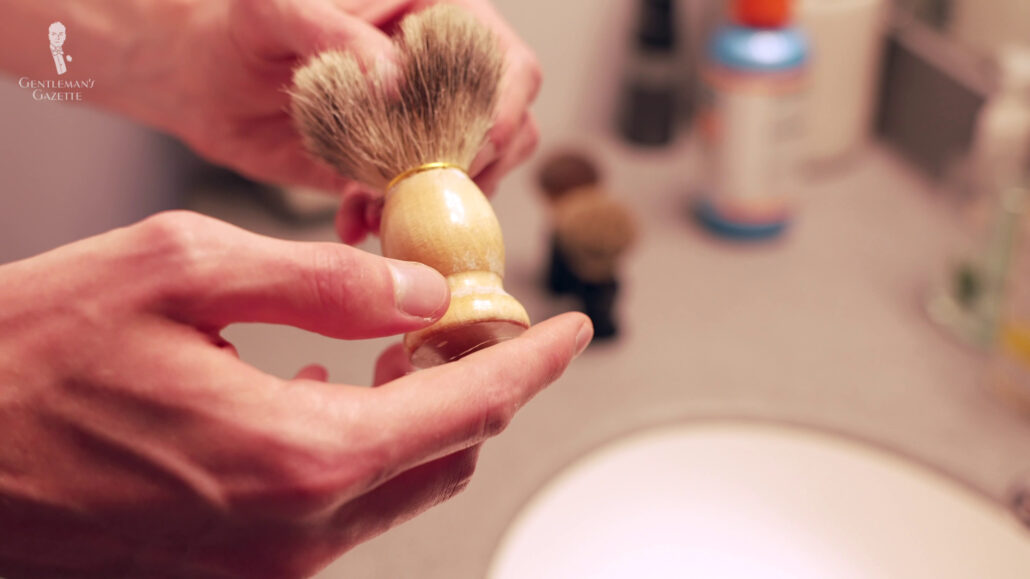
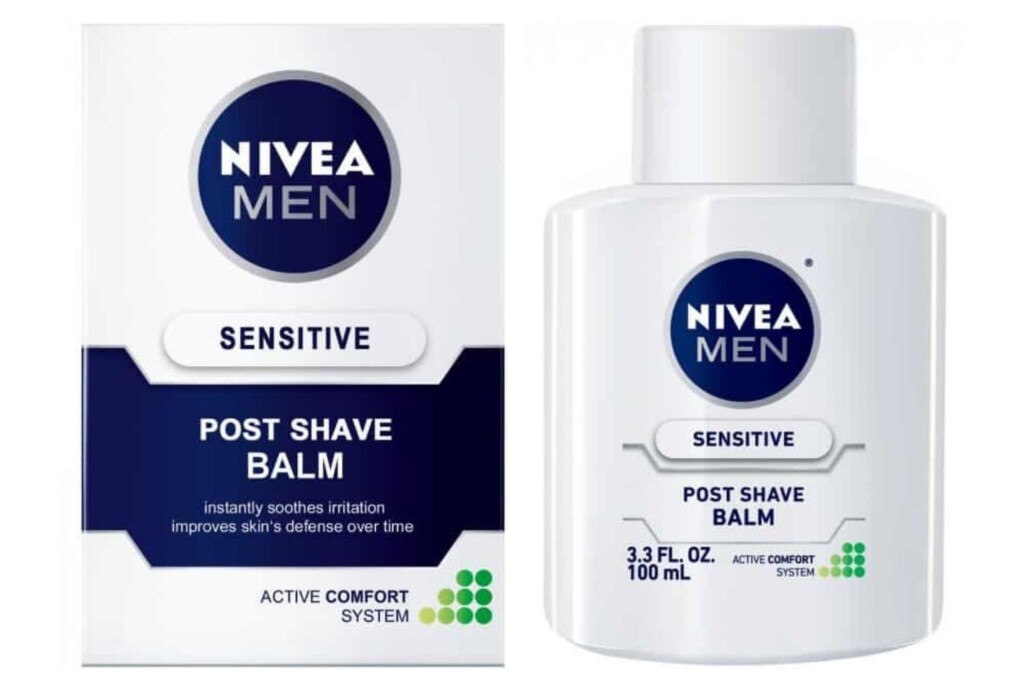
As someone with sensitive skin, though, I know your pain, and I’m happy to reduce it. One more note here before we move on: We mentioned that a hot shower or hot towel helps many men with shaving as it opens up their pores, but this isn’t universally helpful advice.
Many traditional wet shavers actually prefer to shave with cold water as it firms up the skin and makes the hairs stand at attention. Personally, I’ve found cold water shaving to be beneficial for me and—perhaps even more peculiarly— I find that I suffer less irritation if I shave before rather than after I shower. After my shower, meanwhile, is when I then apply post-shave products. So don’t forget to experiment with and potentially augment all of the tips we’ve got for you today’s to find what works best for you.
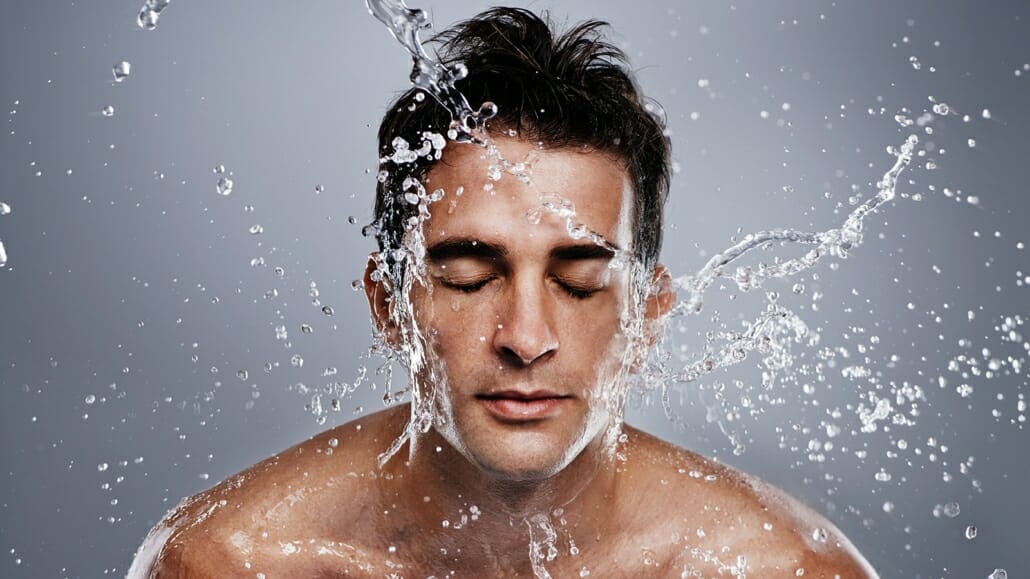
3. Use the Right Razor and Blade
The correct razor and blade are essential aspects of a comfortable shave and finding the combination that works for you and your sensitive skin will help to minimize irritation.
Firstly, the main factors to consider when selecting a blade are the consistency of your facial hair, your skin type and sensitivity, and your skill level in shaving. In our guide on the best and worst double-edged razor blades, we explain how to consider these factors to minimize shaving irritation for those with sensitive skin.
BEST & WORST Blades for Safety Razor & DE Shaving
Did you know, for instance, that even though I have fairly sensitive skin, I use the infamously sharp Feather razor blade? I’ll explain why in that guide, and no, it isn’t masochism.
Meanwhile, when it comes to finding the right razor—that is, the handle and head—consider factors like the amount of blade gap, maneuverability, weight, and, again, your own skill level. if you’d like to see us review different razors, let us know in the comments.
4. Employ Proper Shaving Techniques
In other words, in addition to what you shave with, how you shave will greatly impact the effect on your sensitive skin.

A lot goes into mastering the art of shaving beyond just running a blade across your face. Fortunately, we’ve produced in-depth, step-by-step guides for every major shaving technique, including cartridge shaving, straight razor shaving, and double-edged shaving. Your exact technique will vary based upon your preferred method then, but to avoid general pitfalls, take some lessons from us and avoid the nine most common shaving mistakes.

RECOMMENDED
The Shaving Guide – Ebook
- FREE with a purchase of $600+ – just add it to cart
- 285-page downloadable ebook
- Get The Closest Shave Possible
- Banish Nicks, Cuts & Razor Burn or Bumps
- Save Time & Money
5. Dull Blades
The cutting action is a pretty big part of the shaving experience, so it should come as no surprise that sharp blades will serve you better. More easily, cutting through your hair and not tugging, pulling, causing ingrown hairs, or nicking the skin.
The key here is that sharper blades generally require fewer strokes, meaning less friction on the skin and, therefore, less irritation overall. This is a plus for all shavers, of course, but especially those with sensitive skin.
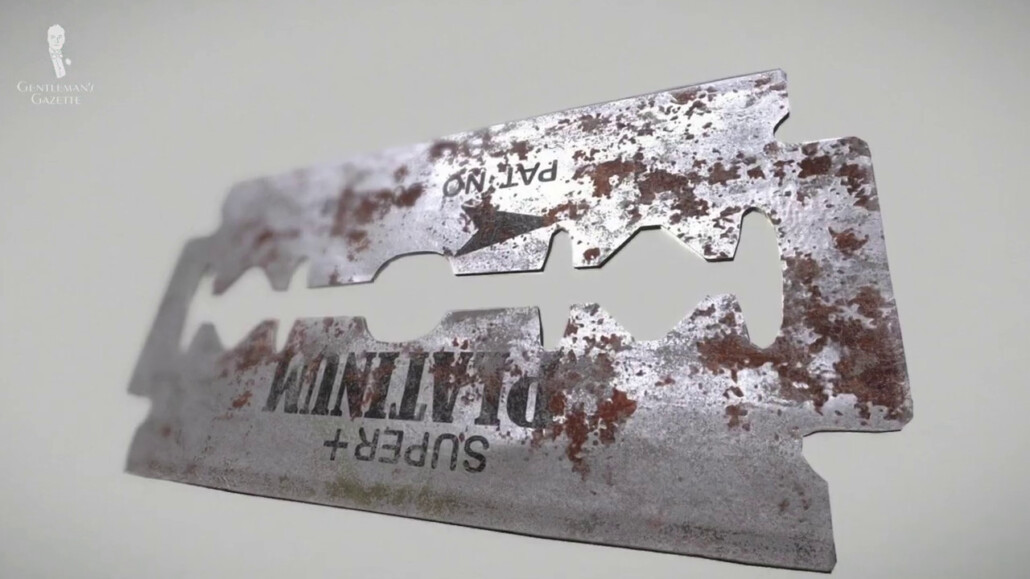
The simplest way to keep your blades sharp is to regularly change them out, and for double-edged blades in particular, this shouldn’t be an issue as they’re often available for just pennies. Shavers with sensitive skin, for instance, could probably benefit from using a blade for just one shave before switching it out for another as opposed to extending a blade for multiple shaves. This practice, though, could become much more expensive for cartridge shavers as those cartridges can be quite pricey.
This, by the way, is just one reason why we think double-edged shaving is superior to cartridge shaving. But, while replacing your cartridge after every shave would probably be prohibitively expensive, if you have sensitive skin, you should still consider replacing it more often.
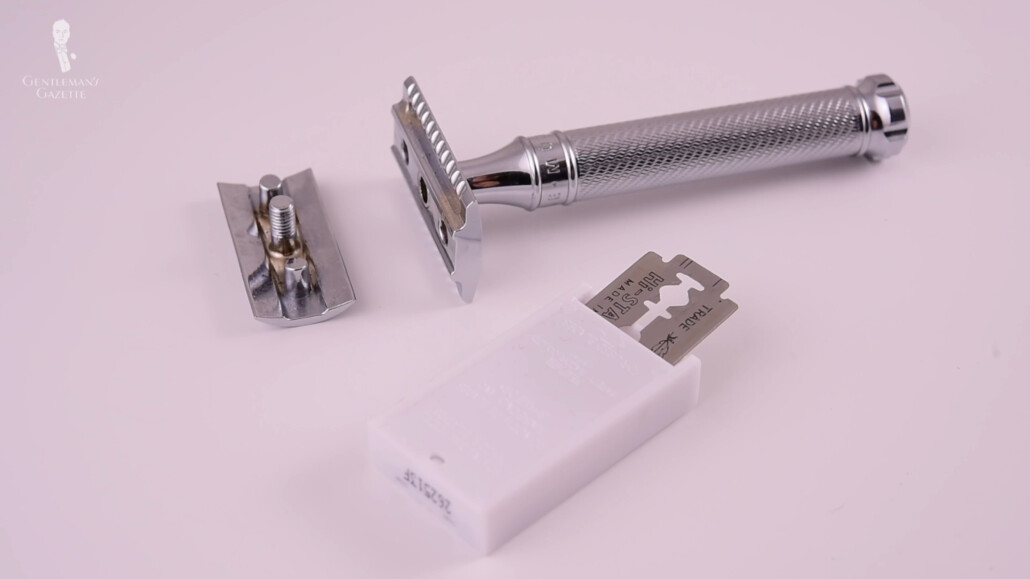
Cartridge shavers typically replace their cartridges every 2 to 4 weeks or so. But, if you notice more irritation on this schedule, then consider replacing your cartridge at a more frequent rate. How long you can use one specific blade for your shaves will depend on a number of different factors, but in general, the more often you’re switching out your blades, the sharper they’re going to be.
6. Shave Your Most Sensitive Areas Last and Less
The timing and order of your shave could also be a factor if you’ve got sensitive skin. Shaving lather requires a certain amount of time to fully soak into the hairs, making them easier to cut and to sink into the skin, moisturizing and protecting it. So, once you’ve identified areas where you have sensitivity, we’d suggest trying to shave those areas last to give the lather the fullest amount of time to do its work.
Of course, depending on how long your shaving routine takes, your lather in these areas may have dried out by the time you get to it. If this is the case, simply reapply a fresh coat of lather before shaving those areas. After all, reapplication of fresh leather will ensure a smooth glide and less friction, meaning less irritation.
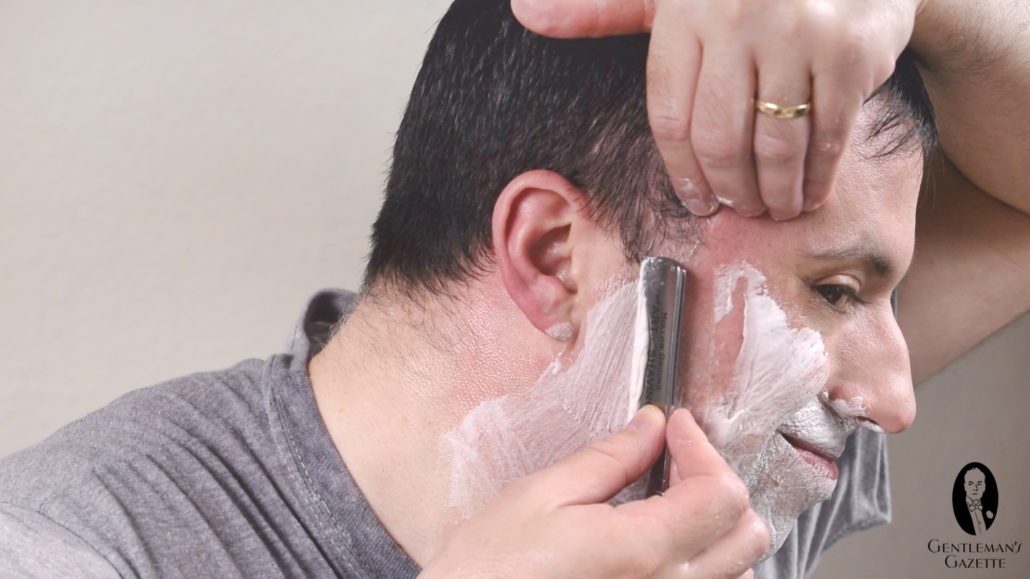
In other words, if you have sensitive skin, extra shaving products aren’t going to hurt and should be very likely to help; and in addition to saving your sensitive areas for last, consider giving them fewer passes with the razor overall.
7. Clean Your Razor and Blade
Having pre-treated your skin and hair to ensure a good shave, don’t forget to make sure that your razor and blade are clean post-shave. Loose hair, dried lather, and dead skin cells can coat your blade over time if it isn’t properly cleaned, meaning that future shaving experiences are going to be subpar. Fortunately, though, cleaning your blade should be pretty easy.
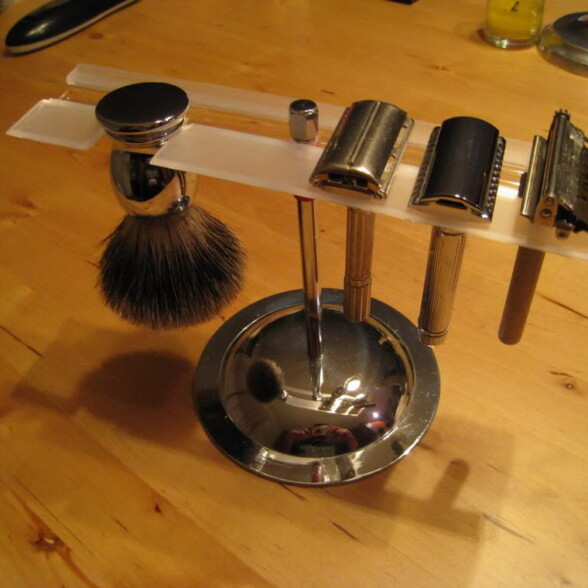
DRY AND ORGANIZE THEM with
A Razor Stand
Once you have finished your shave, simply make sure that you have thoroughly rinsed both the razor and the blade under running water. No specialty cleaning agents are going to be necessary unless you’re using a straight razor, that is, and whatever razor you’re using, be sure that it thoroughly air dries after you’ve washed it. A razor stand is an essential tool for this process.
For more information about this and other shaving accessories like mugs, you can check out our other guide.
Shaving Accessories – A Guide to Essentials for Men
8. Try an Alum Block
Alum is a mineral compound that has been used in grooming regimens since the days of Ancient Egypt. When wetted and applied to the face after shaving, the astringent properties of alum tighten the skin.
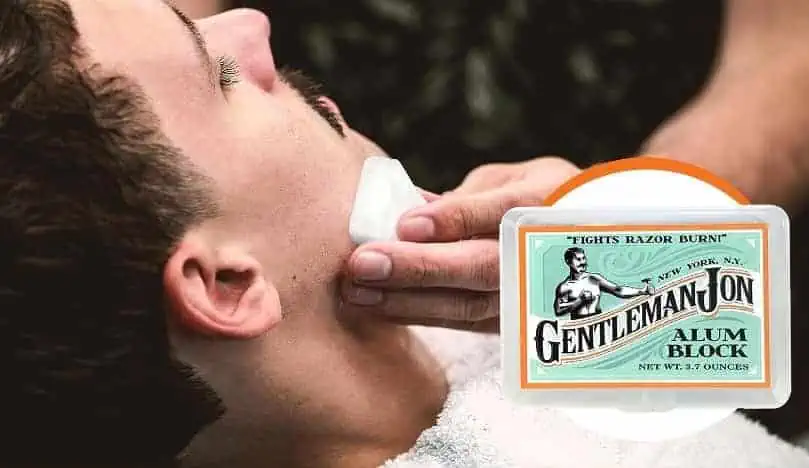
By closing your pores and constricting blood vessels, the appearance of nicks, cuts, and other irritations should be minimized. Alum also has antiseptic agents that help to soothe and heal the skin. We should note here though, that alum can also have a desiccating effect, so consider avoiding it if you already have very dry skin, or you could just be sure to to liberally follow the next tip on our list.
9. Apply Moisturizer
Whether or not your particular type of skin sensitivity is dryness, and even if you don’t have sensitive skin at all, applying moisturizer is a crucial part of any proper post-shave routine. The act of running the razor blade over your skin naturally strips it of moisture, and while some of this moisture can be restored by a quality lather, nothing is going to beat the effects of a proper post-shave balm or gel with moisturizing agents.
Be mindful, though, that some aftershave products can actually make skin sensitivity worse, so be sure to avoid them if they contain alcohol, which can dry out the skin. You should also avoid those products that contain harsh chemicals like excessive synthetic ingredients or fragrances. These can negatively interact with your own body chemistry, and in addition to all of the aftershave products we cover in this guide, you should consider using a general facial moisturizer.
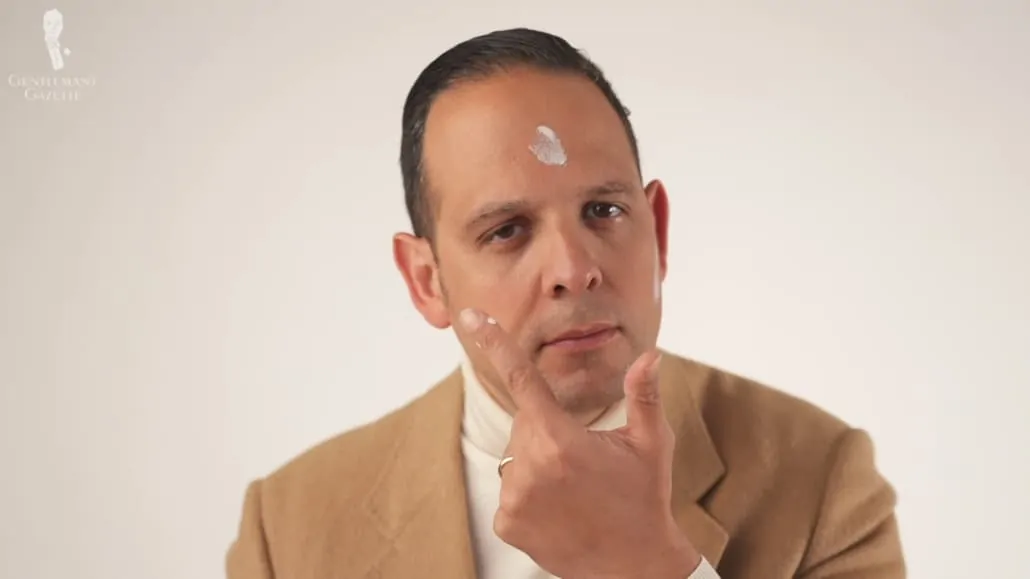
This way, you can ensure that your skin is fully rehydrated after a shave.
10. Shave Less Often
Finally, today, our tenth tip is one of the simplest and easiest ways to reduce shaving irritation–don’t shave. Seriously though, taking breaks from shaving when you’re able will give your skin time to heal from the most common issues that can be exacerbated by constant or frequent shaving. If you shave every day for work, for instance, consider trying to shave every other day or not shaving on the weekends.
This tip could be especially beneficial if you’re new to shaving altogether or if you’re learning a new shaving technique, like switching from cartridge shaving to double-edge shaving. Over time, as your experience level with shaving increases and your technique improves, your skin should also become a bit more used to the routine that you’ve set for it, and while it’s often treated as gospel by those in the shaving community, remember that you don’t have to perform the traditional three-pass shave every time.
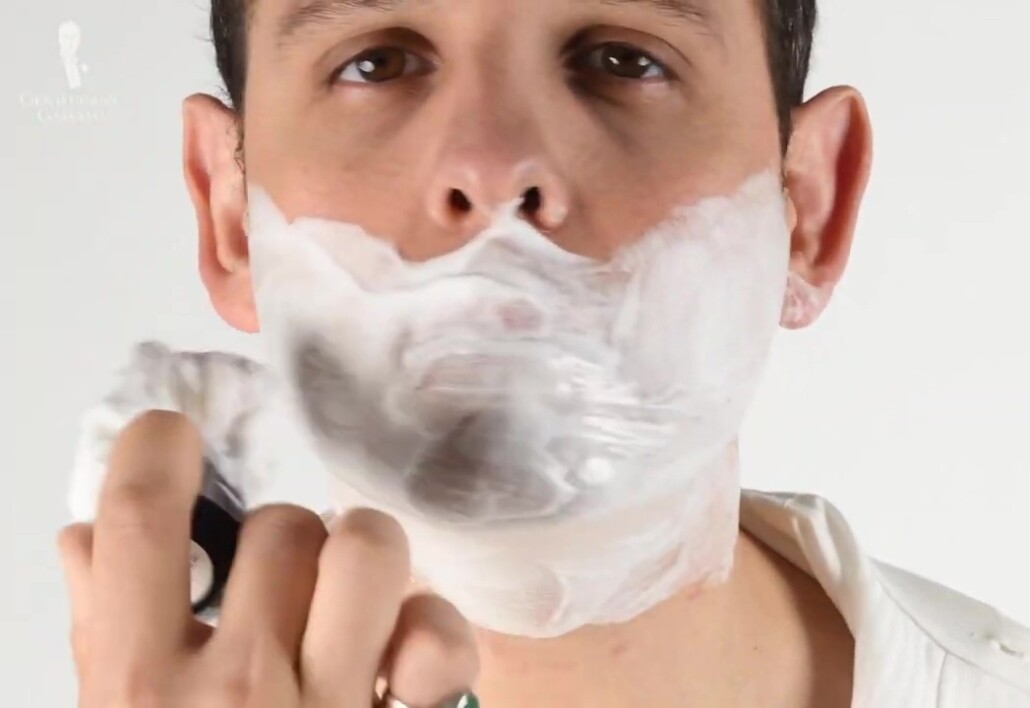
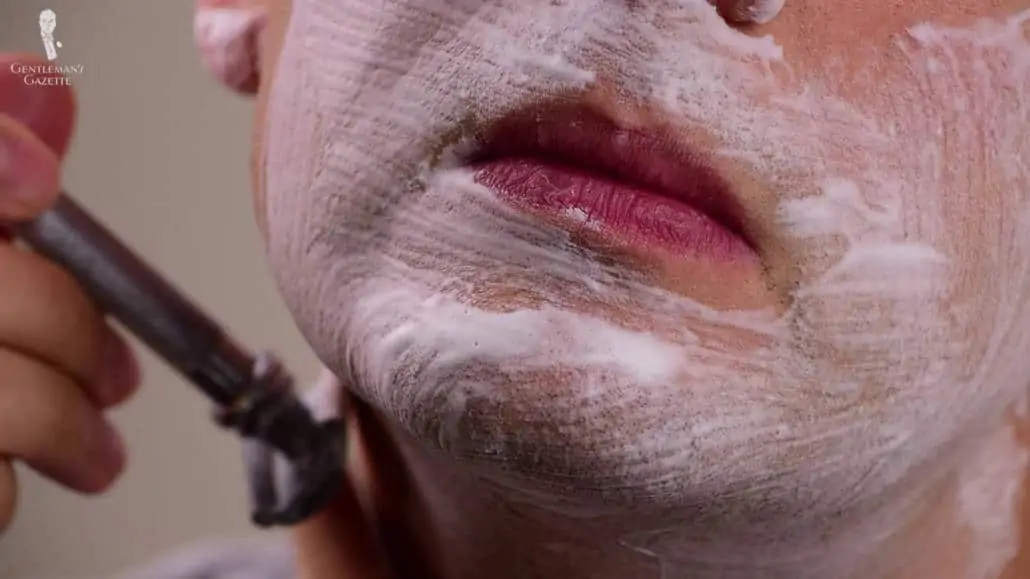
This is especially true in those extra tender areas as, as we alluded to before. Even one careful pass with the grain is going to remove the bulk of your hair, provided that your technique is proper and you’re using a sharp blade. The fact of the matter is—and this is something I’ve personally learned the hard way—slight stubble is probably going to be less noticeable than excessive razor burn.
Speaking from experience, I know that I’d rather have a barely perceptible dusting of hair than look like I’d gotten in a fight with Wolverine, and of course, if you’d really like to give your face (or most of it anyway) a break from shaving, there’s always the option of experimenting with facial hair styles as I’ve been doing recently. And even if you do choose to experiment, the tips today should still come in handy for more structured facial hair styles and for maintaining those clean edges; and it should be no surprise that if you’d like more content on growing beards, mustaches, and other facial hair, we’ve got plenty of guides on those subjects, too.
Conclusion
In conclusion, then, just because you have sensitive skin doesn’t mean that you need to fear shaving. We hope that the tips we’ve shared will improve your shaving experience.
If you think there are any tips that we missed for today’s list, be sure to put them in the comments below.
Our Favorite Grooming Products
Outfit Rundown
Today, I’m wearing a relatively casual outfit, centered around tones on the grayscale. The principal element is my light gray sweater vest from Polo Ralph Lauren, which I’m wearing over a black dress shirt.
Regular GG viewers will know that we’re not particular fans of black dress shirts in a strictly classic context, but given the amount of contrast between the elements in my ensemble today and the fact that everything is operating in the grayscale, I wanted to try something a bit different.
The shirt has a simple spread collar and barrel cuffs and an almost imperceptible herringbone pattern in its weave. Meanwhile, my trousers split the difference between the two tones in a darker charcoal gray, and my shoes are simple, black, cap-toed, derbies from Florsheim.
As mentioned a number of times, I’ve reinforced the casual feel of the outfit by continuing to grow my beard out, and my remaining accessories today are from Fort Belvedere.
These would include my gray socks, which feature clock patterns in black and white, and my fragrance from the Roberto Ugolini collection, which is the scent Derby. I’ve worn it today because I appreciate its bold but not overwhelming character, the fact that the black bottle harmonizes with my outfit, and because I am, of course, wearing derbies.
So, for the socks I’m wearing, as well as fragrances from the Roberto Ugolini collection, garments like corduroy trousers, and a wide array of other classic men’s accessories, you can take a look at the Fort Belvedere shop here.
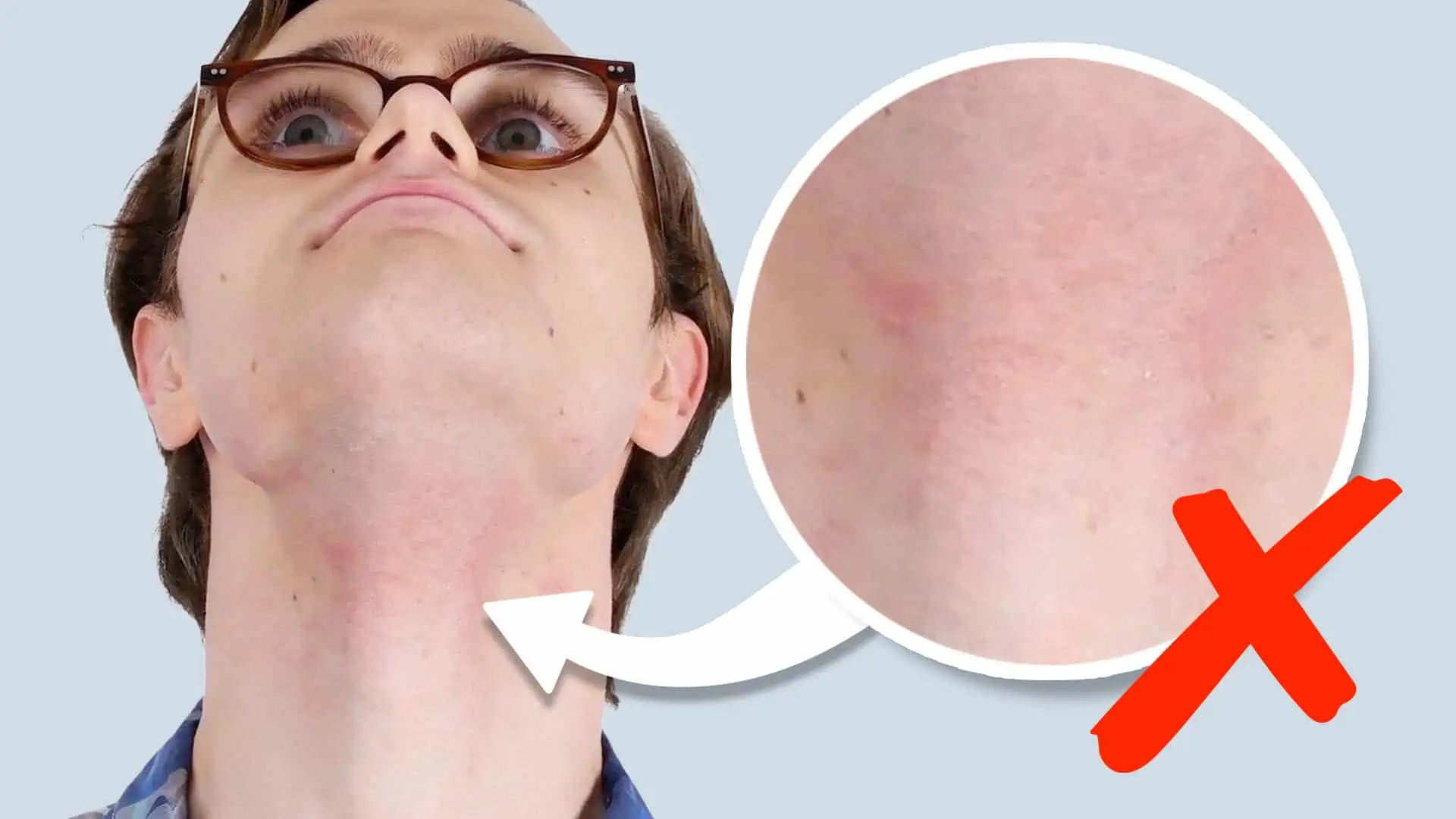
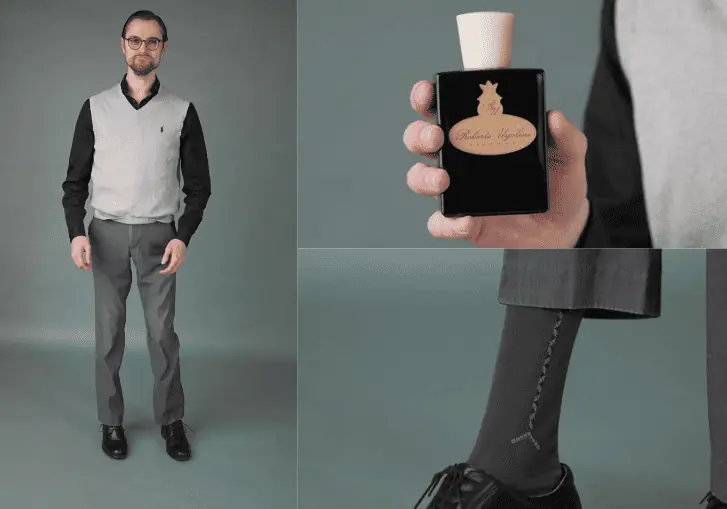
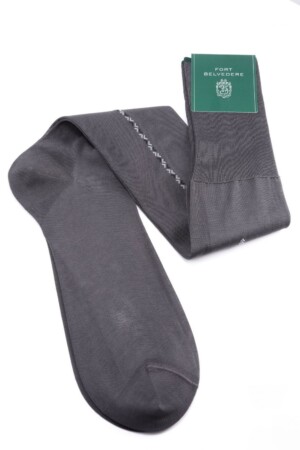
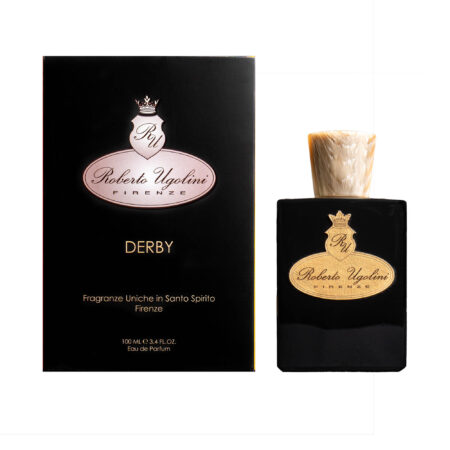
Fair warning, since I don’t believe it got pointed out in the article…
Alum blocks (or styptic pens) sting a wee bit, much like splashing anything containing alcohol on an open wound. Haven’t needed one in quite a while, but I certainly remember that!
The “Badger & Blade” website has a number of videos and other instructional materials on equipment and technique.
One good tip I got when I first started was to use very little pressure, razor-to-face: that literally “razor sharp” blade doesn’t need any help to cut a hair.
Yet another interesting and informative video! Thanks for posting these.
Can you comment on the use of a “pre-shave” preparation?
— I use “Art of Shaving” and I’m not at all certain that there are tangible benefits of this class of shaving items
Yes, a review of various DE razors would be much appreciated.
— I happen to own a Rockwell 6S which is very heavy stainless steel. Perhaps the weight stabilizes the razor. I use Wilkinson Sword Classic blades. I picked the Wilkinson blades based on the review posted on this site and I’m happy with them. They’re cheaper and (I think) sharper than Rockwell’s own blade. The only potential aesthetic issue with these is that they extend ~1mm past the ends of the razor head. For me, this is a trivial cosmetic point; not a functional concern. Rockwell’s own blades fit perfectly and they seem to do an adequate job.
A final comment:
— Since I have exquisitely sensitive skin (but mercifully, I only need to shave every 3 days), I’ve used, in addition to an after shave balm, a cream not specifically intended for shaving, but I like it nonetheless. It’s from a small outfit in Palm Desert, California called, “The Body Deli”. They make a variety of scents. I happen to prefer the “Amber Vanilla” or “Amber Patchouli”. Their products are relatively expensive, presumably because they are made on-site with entirely organic components. On a “cost per use” basis though, they’re cheap. For me, one container lasts >> 1 year. These two fragrances (despite the suggestive names) are quite subtile. Note that I have absolutely no affiliation with the company whatsoever.